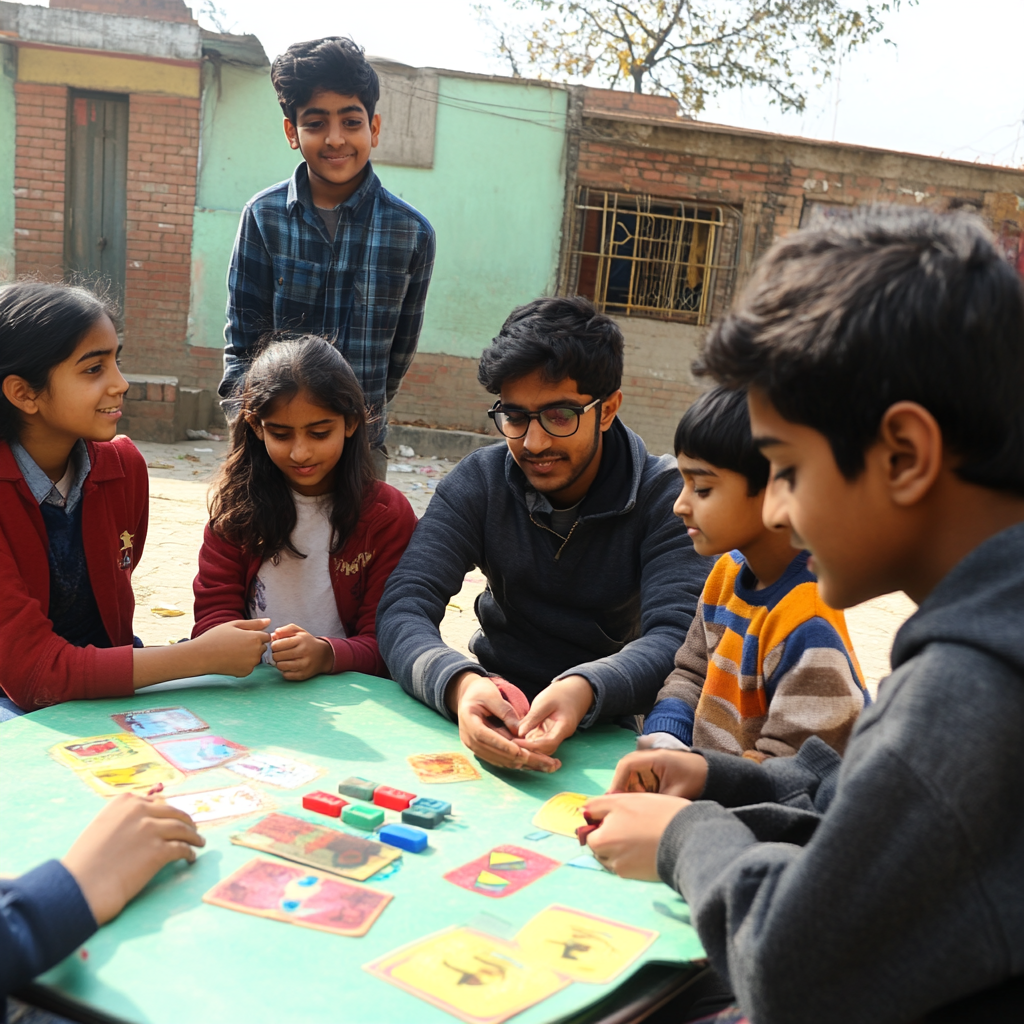Schools Often Partner with Nonprofits to Benefit Students. Which Partnerships Last?

BlueSky Thinking Summary
Nonprofits that partner with schools can deliver crutial support, such as art programs and food service, particularly in under-resourced schools.
But maintaining those partnerships is delicate, says Karen Smilowitz of Kellogg.
Her work indicates the real determinant for sustainability in these collaborations comes down to what schools perceive as fixed costs—and those perceived as fixed don't win out as often as flexible arrangements open to negotiation.
When there is flexibility on both sides, schools are better able to adapt to new circumstances, which allows the blossoming of a long-term relationship.
Interestingly, fixed-cost models are approximated more by charter schools and marginally link with higher instances of partner turnover.
The study underscores the importance of taking a responsive, iterative approach to partnerships, balancing upfront commitment with downstream flexibility.
Armed with a dynamic approach, educators and nonprofits can foster tighter collaborations, providing benefits that will be accrued to learners as needs and available resources change.
The key lies in how much resilient partnerships can be fostered, whereby whoever is involved will adjust to the mutual growth and challenges as schools navigate budget constraints.



